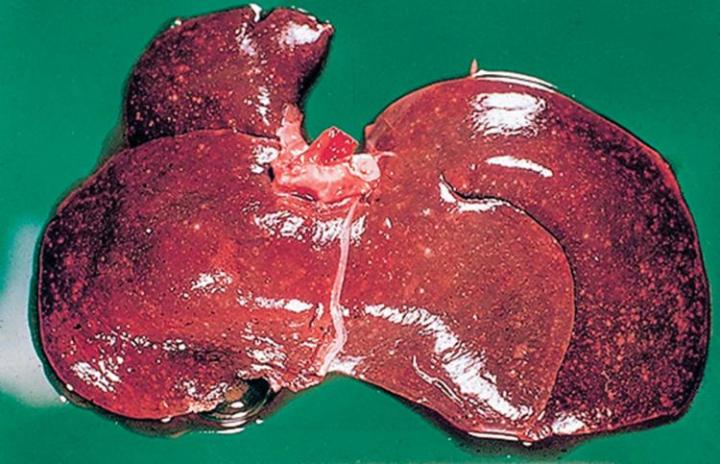Is That Rabbit Safe To Eat?
Few game species can match the eastern cottontail for fine eating, but before you put that rabbit on the stove, take a minute to inspect it to make sure it’s healthy. Tularemia is a disease caused by the bacterium Francisella tularensis. It can be transmitted by various means, but a common path of infection in humans is through contact with infected animal tissue, including blood.
Tularemia is transmitted to rabbits through the bite of an infected tick or deer fly. Infected rabbits usually die within a few days of infection, so exposure is less likely in cold months when ticks and biting flies are less numerous and active. Waiting for cold weather to hunt may reduce your risk for encountering an infected rabbit, but it will not eliminate the risk.
Hunters cleaning rabbits should wear latex or nitrile gloves to prevent blood and tissue from contacting their skin, especially if they have any cuts or open wounds on their hands or fingers. While eviscerating the rabbit, check the liver for numerous white lesions about the size of a pin head. If you find these, the rabbit should be discarded and not eaten. Tularemia can also be transmitted through consumption of meat that is not thoroughly cooked, so be sure to heat rabbit meat to a safe temperature that kills any potential disease (minimum of 165 degrees Fahrenheit).
If you come down with flu-like symptoms after handling rabbits, you should seek medical attention and notify your doctor that you might have been exposed to tularemia. Treatment with antibiotics is standard for infected persons.
James Runnigen, U.S. Geological Survey
Cook rabbit meat to a safe temperature that will kill any potential disease (minimum of 165 degrees Fahrenheit).























